For years, a few dominant players like Facebook and Twitter have controlled social media. However, emerging web3-based social networks aim to redistribute control and ownership using blockchain technology. These decentralized platforms provide an alternative to closed, centralized ecosystems.
Closed Gardens Cultivate Risky Centralization
Platforms like Facebook and Twitter operate as walled gardens where all engagement and data flows through them. This entrenches their position as intermediaries extracting value from user-generated content.
Network effects and lock-in make challenging their dominance difficult. Critics argue this concentration of control enables censorship, stifles innovation, and threatens privacy.
Web3 social networks utilize decentralized protocols to circumvent and compete with Big Tech’s closed ecosystems. Distributing control helps mitigate risks posed by central intermediaries.
User Empowerment Through Digital Ownership
Legacy social platforms assert broad rights over user-created content. However, web3 introduces digital property rights empowering users.
For example, Lens Protocol allows sharing social content across platforms as NFTs users own and control. This portability and ownership disrupts closed, exploitative models benefitting only the centralized intermediary.
Cryptocurrencies also incentivize users to engage on decentralized networks. Users earn tokens for contributions, aligning platform and user success.
Censorship Resistance Promotes Free Expression
Centralized platforms frequently moderate content controversially, raising censorship concerns. Decentralization theoretically limits arbitrary silencing of speech.
Web3 platforms build censorship resistance into the open-source protocol itself rather than enforcing opaque policies. Users govern communities through collective wisdom rather than top-down decrees.
While not an absolutist free-for-all, decentralized moderation provides transparency and self-determination traditional platforms lack.
Architecting Viral Growth Through Tokens and DAOs
Network effects pose bootstrapping challenges for upstart social apps. However, turning users into token holders incentivizes them to evangelize new platforms.
Distributing governance tokens allows users to shape networks like a decentralized autonomous organization (DAO). This breeds loyalty and vocal support.
For example, BitClout’s CLOUT token and Rally’s $RLY token empower holders to collectively moderate their networks. Aligned incentives stimulate community-driven virality.
NFT Profile Pictures: Brandon Power in Web3 Social
Web3 platforms like OpenSea allow using NFTs as profile pictures across platforms and metaverse worlds. Showcasing digital art and collectibles is both self-expression and flexing community status.
While minor functionality, NFT profiles illustrate the creative and community-building possibilities unique to web3. Mainstream platforms are taking notice, exploring ways to integrate NFTs into their experience.
Unlocking New Monetization Models
Incumbents like Facebook and Twitter have faced challenges diversifying revenue beyond ads. Web3 opens creative monetization like subscriptions, NFT sales, and influencer tokens.
Social tokens allow creators to monetize fame and fandom. Fans buy tokens which can unlock exclusive content and experiences. This capitalizes on user loyalty rather than just data.
Free Speech vs Accountability
Censorship resistance raises valid concerns around abuse and misinformation. However, decentralized models enable community-driven protections.
Platforms are experimenting with policies like prohibiting illegal content, maintaining pseudonymous identities, and letting users mute keywords or block other accounts.
There are no perfect solutions. But transparent community governance provides checks and balances superior to centralized content decrees.
User Experience and Mainstream Accessibility
Many decentralized social apps still feel too cryptic for average consumers. Usability must improve for web3 services to reach critical mass.
Simplifying wallet connectivity, using familiar interfaces, and bridging metaverse worlds can make decentralized networks more welcoming. Hiding blockchain complexities behind familiar social features will aid adoption.
Mainstream success requires meeting non-technical users where they are. UX polish coupled with real-world utility is key.
Web3 Apps
Here are some popular decentralized social apps providing alternatives to mainstream web2 platforms along with brief descriptions and links:
Minds

Minds.com is an open source social media platform launched in 2015 that emphasizes privacy and free speech.
It aims to provide an alternative to mainstream platforms like Facebook and Twitter by building censorship resistance into its encrypted, decentralized infrastructure.
Minds demonstrates how blockchain’s transparency and security can be harnessed to build censorship-resistant social media that empowers users and communities. Its model provides a template for designing decentralized networks that preserve privacy while limiting centralized control over speech.
Audius
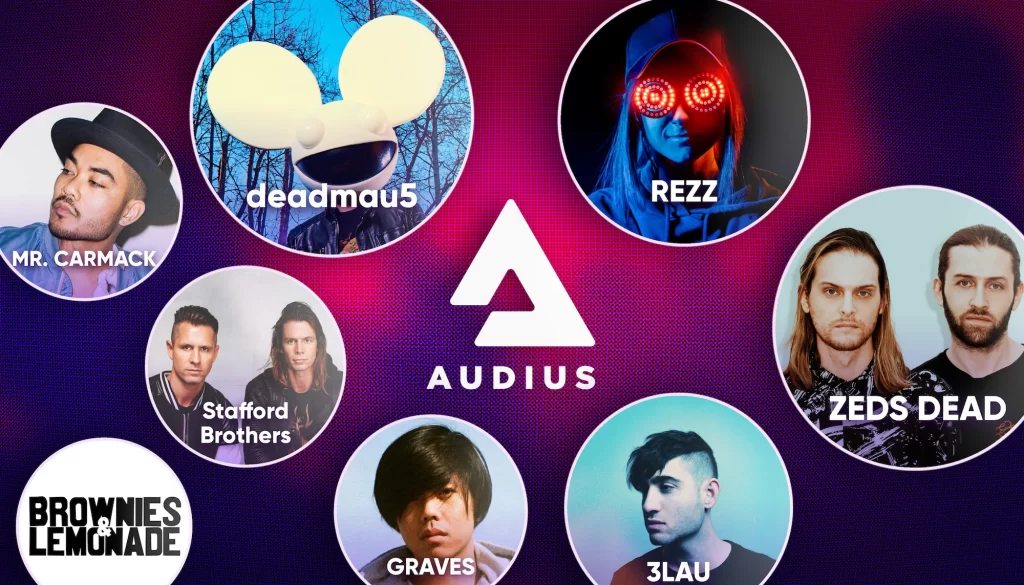
Audius is a decentralized music sharing and streaming platform that allows artists to distribute their content directly to fans. It provides a web3 alternative to mainstream platforms like Spotify, empowering artists to share music and connect with supporters in a more direct, transparent manner.
Diamond App
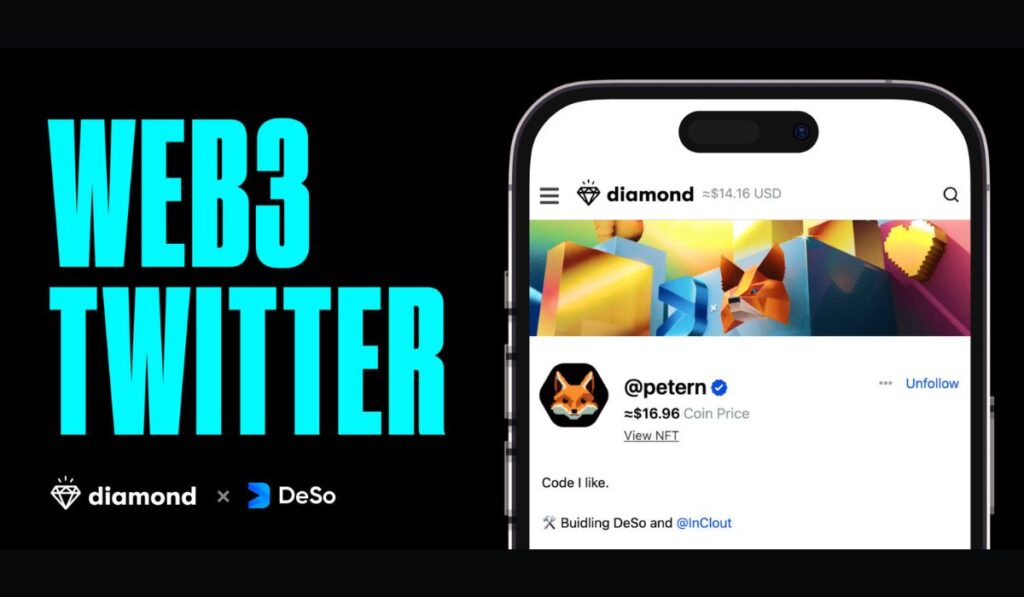
Diamond App is a decentralized social messaging protocol that allows users to own and control their social graph data. Key aspects include:
- Users can import their contact lists and conversation histories into Diamond to retain ownership over their social data.
- The app uses decentralized identifiers so users own and control their digital identities rather than relying on a centralized platform.
- Diamond utilizes encryption to keep messaging private while leveraging blockchain to maintain data integrity.
- The platform features a native token, $DIAMOND, that incentivizes participation through earning and governance.
By decentralizing the messaging backend while providing a familiar user interface, Diamond enables messaging without entrusting data to centralized intermediaries. User data ownership and control are core principles.
Lens Protocol
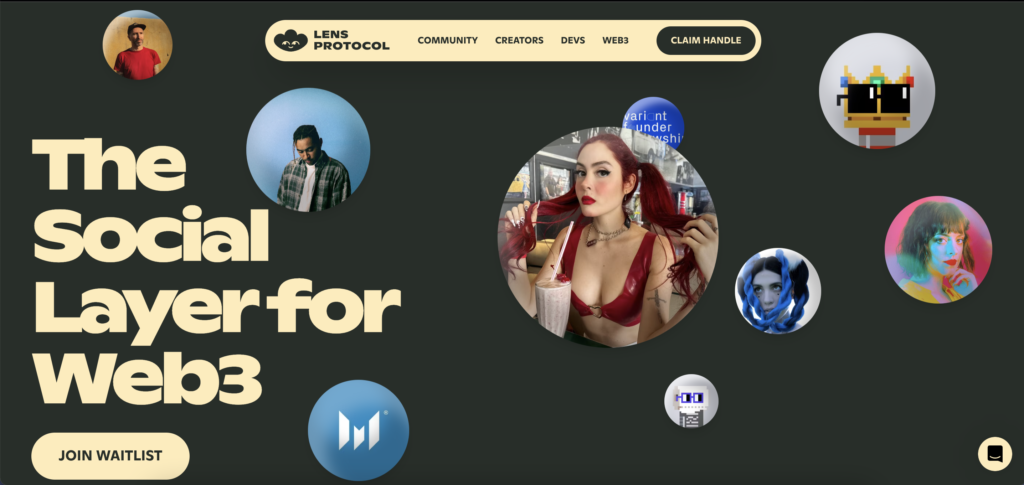
Lens allows users to post content like photos, videos, and articles as NFTs on blockchain. These social NFTs are owned and controlled by users. Lens is integrated into apps like Twitter.
Mastodon
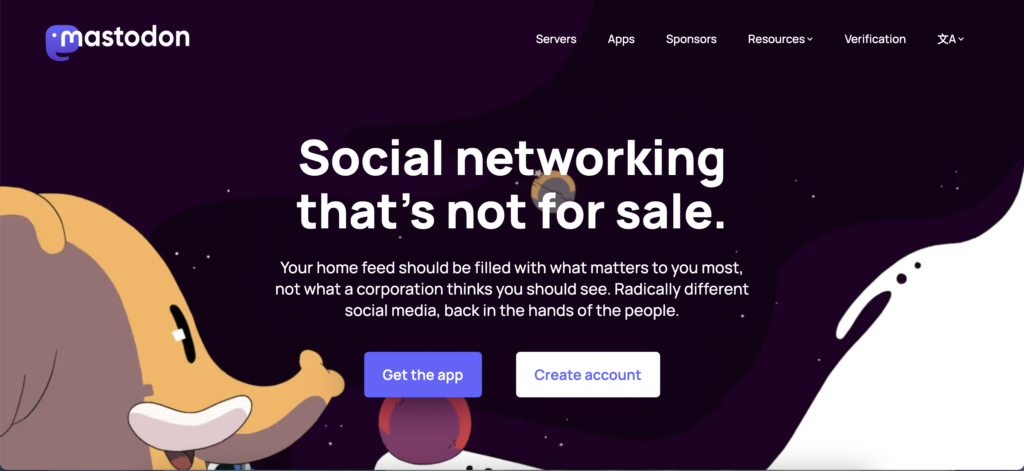
Mastodon is an open source, decentralized social network similar to Twitter. Users join independently operated servers and can seamlessly interact across the federated network.
Steemit
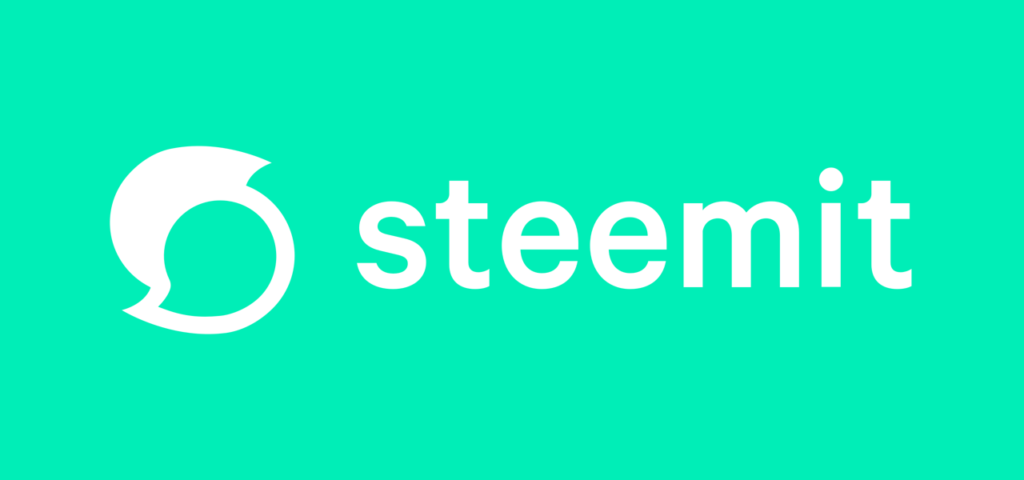
Steemit allows users to publish content and get rewarded in the platform’s cryptocurrency. It uses blockchain to ensure transparency around the rewards distribution system.
There are many more emerging decentralized social apps and protocols seeking to redistribute control from centralized gatekeepers to users. While still early stage, their progress is worth monitoring as web3 aims to revolutionize social networking.
Final Thoughts
Web3 presents a monumental opportunity to redistribute control from centralized gatekeepers to empowered digital communities. However, realizing this democratic potential requires vigilance.
As users explore decentralized social networks, we must demand these services adhere to their guiding principles of transparency, ownership, and collective governance. Avoiding the pitfalls of closed ecosystems necessitates learning from their oversteps.
With conscientious evolution, web3 can provide an inclusive online future where self-determination triumphs over revenue extraction and arbitrary control. If communities remain at the center, perhaps social media can reflect the best rather than the worst of humanity.

Want more? Connect with NFT News
Follow us on Twitter
Like us on Facebook
Follow us on Instagram
*All investment/financial opinions expressed by NFT News are from the personal research and experience of our site moderators and are intended as educational material only. Individuals are required to fully research any product prior to making any kind of investment.
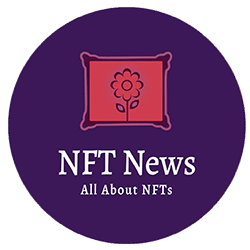
This information is published by the NFT News media team.

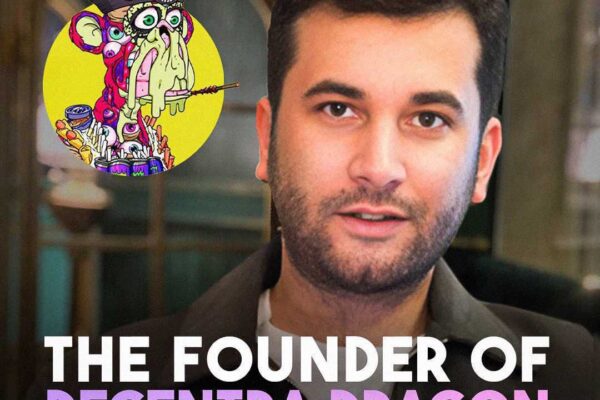
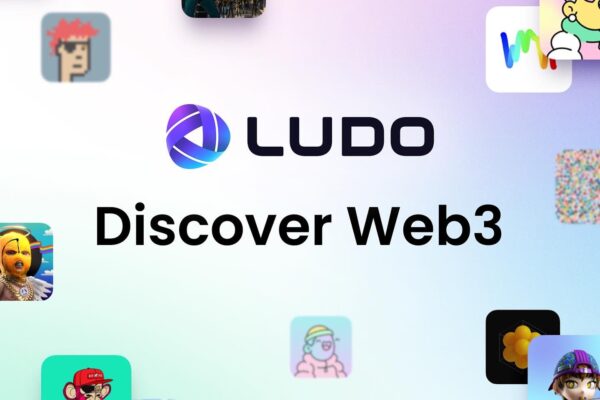

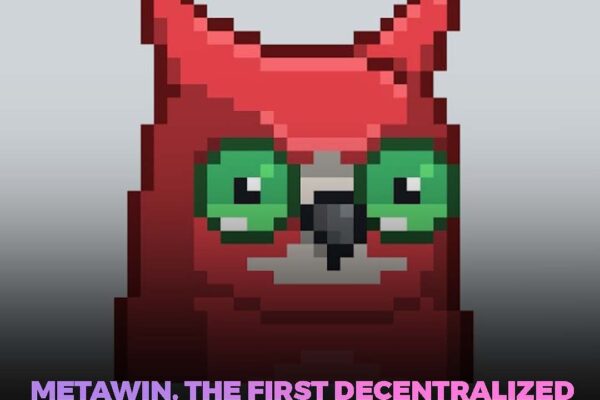



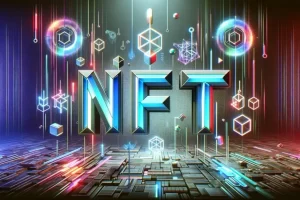



You really make it appear really easy along with your presentation however I to find this topic to be actually one thing which I feel I’d by no means understand. It seems too complicated and very vast for me. I am having a look ahead on your subsequent publish, I?ll try to get the hold of it!
F*ckin? amazing things here. I?m very satisfied to peer your post. Thanks so much and i am looking ahead to contact you. Will you kindly drop me a e-mail?
Here is our email.
nftnewsforall@gmail.com
Heya i?m for the primary time here. I came across this board and I find It really helpful & it helped me out a lot. I hope to provide one thing again and aid others such as you aided me.
We are a bunch of volunteers and opening a new scheme in our community. Your web site offered us with valuable information to work on. You have done an impressive task and our whole group can be grateful to you.